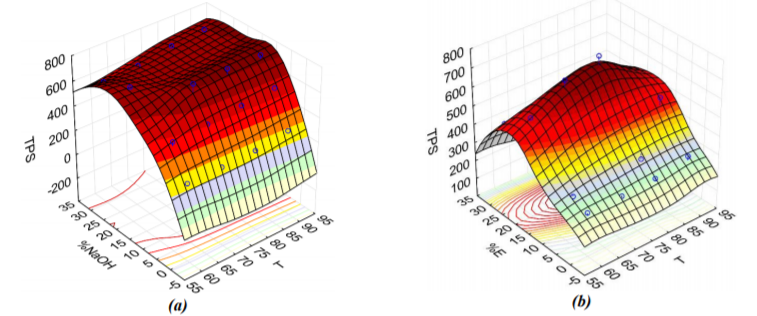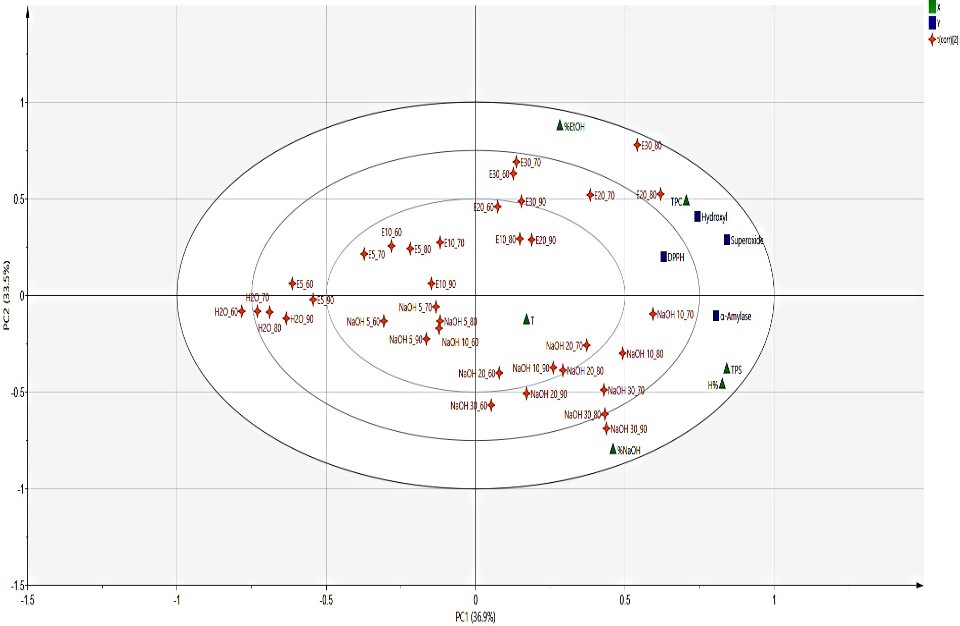Extracting conditions optimization and bioactivity of polysaccharides from the pods of haricot vert
29/08/2021Haricot vert (Phaseolus vulgaris L.), is a common plant that is widely grown and consumed worldwide. Regarding the chemical composition, haricot vert is rich in polysaccharides, proteins, lipids, and secondary metabolites. The polysaccharides from P. vulgaris have been studied and proven to have high biological activity such as antioxidants immunoenhancing agents from starc. Whereas, dietary fibers have been shown to improve human health, reduce cholesterol, modulate blood glucose levels, and prevent constipation.
Recognizing the potentials to obtain polysaccharides from Haricot vert, the Tropical Biomedicine Institute has screened and researched the most optimal polysaccharide extraction method. The efficiency of the polysaccharide extraction process depends on many factors such as the type of haricot vert, extraction units, temperature conditions, pH, and extraction time and solvents. The extraction procedure is to destroy and degrade the cell wall under mild conditions so that the properties of the polysaccharide remain unchanged.
Through experimental research, we determined that polysaccharide extraction method from Haricot vert is hot reflux extraction in NaOH solvent. Extraction temperature, heating time, material-solvent ratio, and solvent composition were optimized using 3D surface graphs. The above method was carried out similarly to determine the optimal conditions for purification of polysaccharide from semi-purified preparations. The bioactivity of the polysaccharide was evaluated through the inhibition of cancer cells and the hypoglycemic enzyme α-amylase. The data were synthesized, processed, compared, and analyzed statistically to find the correlation between extraction conditions, preparations, and activity, thereby giving the most optimal polysaccharide extraction conditions.

Photo. Surface graph (3D) showing the effect of temperature, concentration of NaOH (a) and ethanol (b), on total polysaccharides content.
Research results: 50g polysaccharide with purity >90% were extracted. At the same time, the optimal conditions were determined for the process of extracting polysaccharide from Haricot vert and purifying polysaccharide from semi-purified preparations, specifically: the extraction solvent: 10% NaOH with the ratio of raw materials-solvent 1: 20 (w/v); extraction temperature: 70oC in 2 hours; ratio of Sevag solution and extract 1:1. The polysaccharide product obtained from the above process showed high bioactivity (DPPH (IC50, µg/ml): 36.3 ± 1.3; Hydroxyl (IC50, µg/ml): 23.31 ± 0.6 ; Superoxide (IC50, µg/ml): 30.9 ± 1.1; α-amylase (IC50, µg/ml): 125.3 ± 3.1. This method can be used on a larger scale to extract polysaccharides from beans for application in the food or pharmaceutical industries.

Photo. The graph shows the correlation between extraction conditions and bioactivity of polysaccharides
Source : http://dx.doi.org/10.19261/cjm.2020.795
MSc. Nguyen Thi Thu Thuy - Institute of Tropical medicine









